Letter of No Contact Template for Different Situations
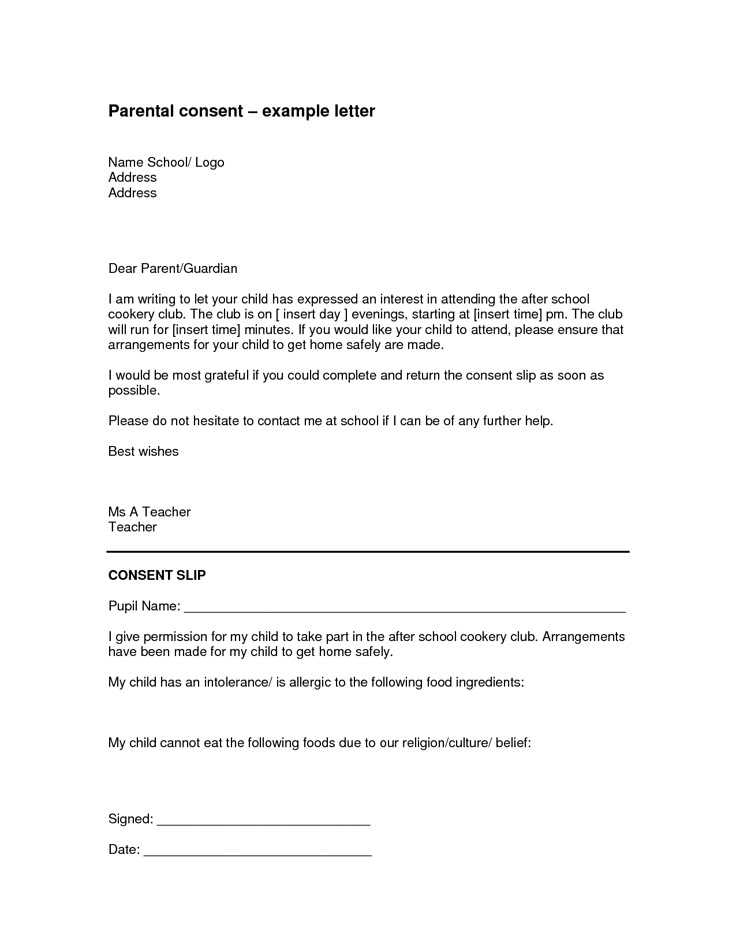
In some situations, cutting off communication with someone becomes necessary. Whether it’s to maintain personal boundaries or protect your emotional well-being, crafting a professional and respectful message can help manage this process smoothly. A carefully written notice can clearly express your intent without causing unnecessary conflict or misunderstanding.
It’s important to approach this task with thoughtfulness. While the goal is to stop further interactions, the manner in which the message is conveyed can affect how it is received. By following certain guidelines, you can ensure your message is firm yet polite, clear yet considerate.
In this section, we will explore the key steps and considerations for creating an effective communication break, offering practical tips and examples. Whether you’re looking for a way to end a business relationship or cease personal correspondence, this guide will help you navigate the process with confidence.
Understanding the Purpose of a No Contact Letter
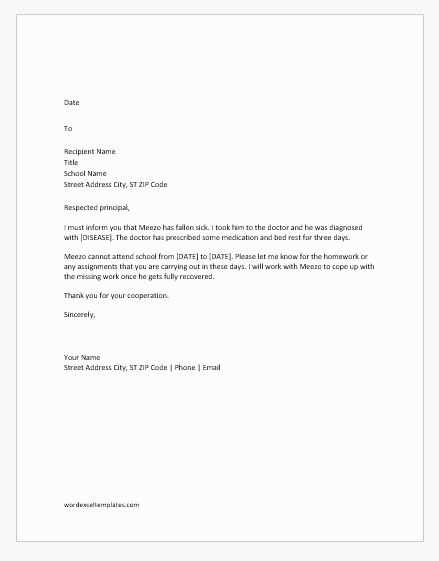
In certain situations, a clear break in communication becomes essential. This can occur for personal, professional, or safety reasons, where continued interactions are no longer viable or desired. The purpose of such a written message is to formally express the intent to cease further engagement, establishing boundaries while minimizing any potential for confusion or misinterpretation.
When crafting such a message, it’s crucial to understand its role in setting expectations. It’s not just about ending a conversation–it’s about ensuring that both parties understand the shift in dynamics. Whether for emotional relief, legal concerns, or organizational needs, this communication serves as a firm yet respectful way to assert limits and protect one’s well-being.
Key Reasons for Sending a No Communication Message
| Reason | Explanation |
|---|---|
| Personal Boundaries | To protect emotional health or privacy, especially in cases of toxic or unwanted interactions. |
| Professional Boundaries | In business contexts, it helps maintain professionalism by ending unproductive or inappropriate correspondence. |
| Legal Protection | To establish a documented record that communication has been halted for legal or safety reasons. |
| Emotional Closure | To bring closure to a situation where continued communication would prolong emotional distress or uncertainty. |
When Is It Necessary?
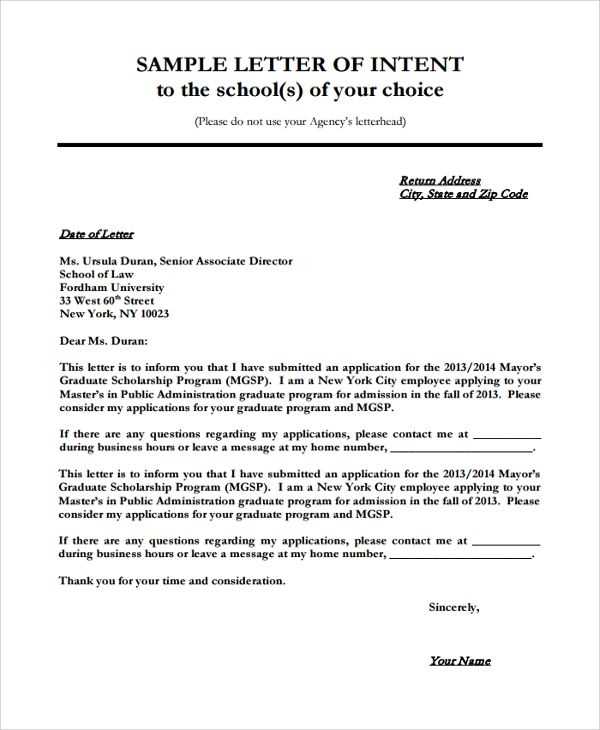
Understanding the right time to send such a communication is crucial. It may be necessary after repeated attempts to address the issue verbally have failed or in situations where clear written documentation is needed for future reference. Regardless of the reason, the message should always be concise, respectful, and firm to ensure the intended outcome.
How to Structure a No Contact Message
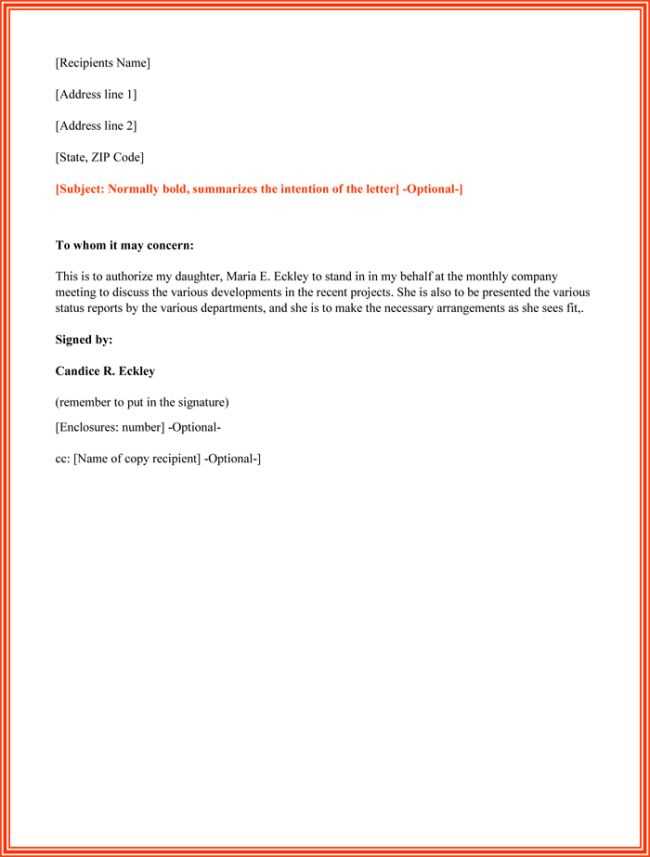
When drafting a message to officially end communication, clarity and respect are paramount. The structure should be straightforward yet professional, ensuring the recipient understands the boundaries being set. A well-constructed message can prevent misunderstandings and set the tone for future interactions, or the lack thereof. Each element serves a purpose in conveying your intentions effectively.
Begin by clearly stating the reason for ending further exchanges. This sets expectations and provides context without delving too deeply into unnecessary details. Follow this with a firm statement of your decision, and close with any final notes that may help clarify your stance or express any necessary sentiments. It’s important to keep the tone neutral and polite, even while being assertive.
Key Elements to Include
- Introduction: Briefly acknowledge any prior relationship or communication.
- Clear Statement: Directly express your intention to cease further interactions.
- Reasoning (Optional): Provide a concise explanation, if appropriate, but avoid over-explaining.
- Closing Statement: Offer final words, such as wishing the recipient well or reiterating your decision politely.
Example Structure
Consider the following basic framework:
| Section | Example |
|---|---|
| Introduction | “I hope this message finds you well.” |
| Clear Statement | “I have decided to end our communication from this point forward.” |
| Reasoning (Optional) | “This decision is necessary for personal reasons, and I kindly ask for your understanding.” |
| Closing Statement | “Thank you for respecting my decision. I wish you all the best in the future.” |
By following this structure, you can effectively communicate your decision without ambiguity while maintaining professionalism and clarity throughout.
Personalization Tips for Effective Communication
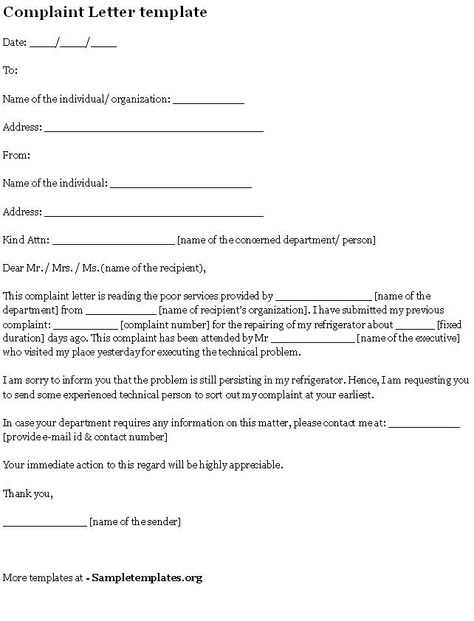
When communicating the decision to end an interaction, personalizing the message can make it more impactful and respectful. Tailoring your words to the specific context not only demonstrates thoughtfulness but also ensures the recipient understands the sincerity of your intent. A message that feels too generic may come across as impersonal, which could undermine the purpose of setting boundaries.
Start by considering the nature of your relationship with the person and adjust your tone accordingly. For professional settings, maintaining a formal tone is crucial, while in personal situations, a more conversational approach may be appropriate. A personalized message shows that you acknowledge the context of your connection, making it easier for the other person to accept and respect your decision.
Another important aspect is addressing the recipient directly. Using their name or referring to specific details relevant to your past interactions can help personalize the message. Additionally, if you feel it’s necessary, you can briefly explain why this step is important to you, ensuring that the recipient understands it’s a well-considered decision.
By incorporating these personal touches, your communication will feel more considerate and thoughtful, which is especially important when establishing boundaries in sensitive situations.
Timing: When Is the Right Moment?
Choosing the right moment to communicate the decision to stop further exchanges is crucial. The timing can greatly impact how the message is received and how it affects the recipient. If the message is sent too hastily, it might come across as abrupt or emotionally driven. On the other hand, delaying it may lead to continued discomfort or confusion.
Consider the situation carefully before sending such a message. It’s important to ensure that the decision is made with clarity and conviction, not out of temporary frustration or impulse. Ideally, the timing should align with your emotional state–when you are calm and composed, able to express your intentions clearly. Furthermore, reflect on the recipient’s circumstances. If they are dealing with something sensitive, such as a personal crisis or challenging time, it may be wise to reconsider the timing of your message to avoid unnecessary distress.
In some cases, waiting for the right moment can provide more clarity and a better opportunity for communication. However, there are instances when immediate action is needed, especially if continuing the relationship would be harmful. Ultimately, the right moment is when you feel prepared to firmly but respectfully express your decision, ensuring that your message is well-received and understood.
Legal and Ethical Aspects to Consider
When deciding to end communication with someone, it’s important to be aware of both legal and ethical implications. While establishing boundaries is your right, the manner in which you do so can have consequences, particularly if the communication involves a professional relationship or sensitive situations. Being mindful of these factors ensures that you navigate the process responsibly and avoid potential issues.
Legally, there are instances where ceasing communication could have implications. For example, if you are involved in a contract, agreement, or ongoing legal matter, halting communication abruptly might breach terms or agreements. It’s essential to understand the context and consult legal advice if necessary to avoid unintentional violations.
Legal Considerations
- Employment Relationships: If the individual is a colleague or client, ensure that the cessation doesn’t violate company policies or contractual obligations.
- Family and Custody Issues: In cases involving family or legal matters like child custody, clear communication and adherence to court orders are vital.
- Harassment Prevention: If you are trying to prevent harassment, ensure that you understand your rights under relevant laws such as restraining orders or harassment protection laws.
Ethical Considerations
- Respecting Boundaries: Be respectful in your decision-making process and avoid harsh language or an unnecessarily abrupt tone.
- Transparency: Where appropriate, provide a clear and reasonable explanation for your decision to ensure understanding and reduce the potential for confusion.
- Consideration for Others: Take into account the emotional and mental state of the other party, especially in personal or sensitive situations.
By keeping both legal and ethical aspects in mind, you can ensure that the decision to cease communication is handled in a way that protects your interests while being fair and respectful to others involved.
Real-World Examples of No Contact Letters
In various situations, the decision to stop further communication may require a written message to clearly outline the intent to end the relationship or interaction. These examples provide practical insight into how to convey the message in different contexts, ensuring that your words are firm yet respectful. Depending on the nature of the situation, the tone and content may differ, but the underlying principle remains the same–clear communication of your decision.
Below are examples for both personal and professional scenarios, illustrating how to structure your message while maintaining clarity and respect for the recipient’s feelings.
Personal Example
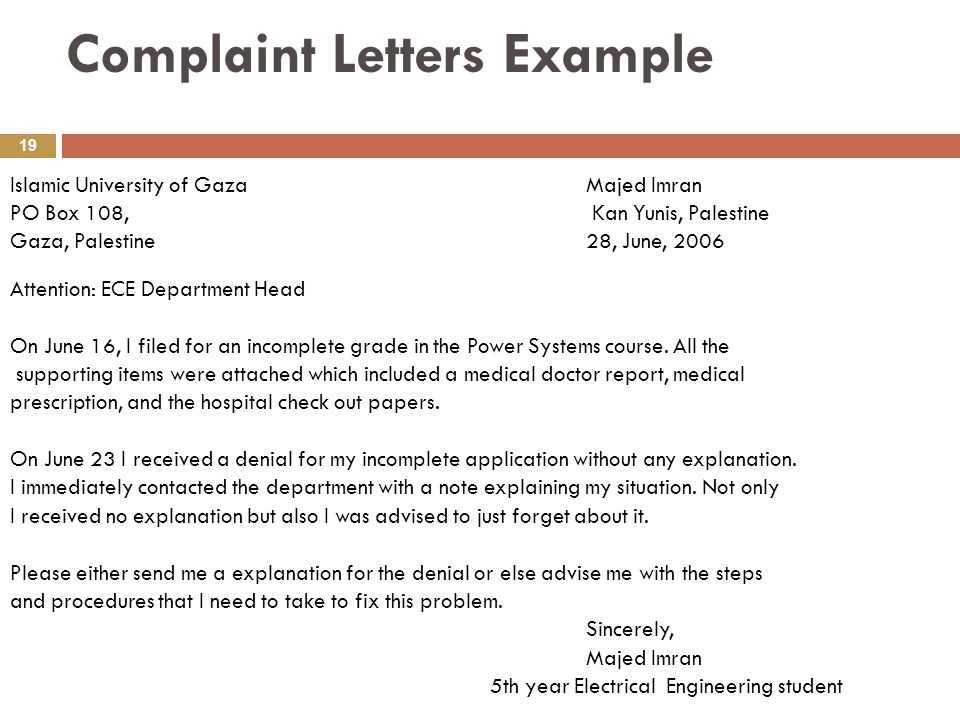
Dear [Name],
I hope this message finds you well. After careful consideration, I have decided to cease further communication with you. This decision is based on personal reasons, and I believe it is the best course of action for my emotional well-being. I kindly ask for your understanding and respect in this matter.
Thank you for the moments we have shared, and I wish you all the best in the future.
Sincerely,
[Your Name]
Professional Example
Dear [Name],
After much reflection, I have decided to discontinue our professional interactions moving forward. This decision is made in order to focus on other priorities and to ensure that my professional boundaries are respected. I believe this is the best step for both of us.
I appreciate the work we have done together and wish you continued success in all your future endeavors.
Best regards,
[Your Name]
These examples provide a framework for how to clearly communicate your decision in a professional and respectful manner. By adjusting the tone and content to suit the specific context, you can ensure that the message is effective and considerate.